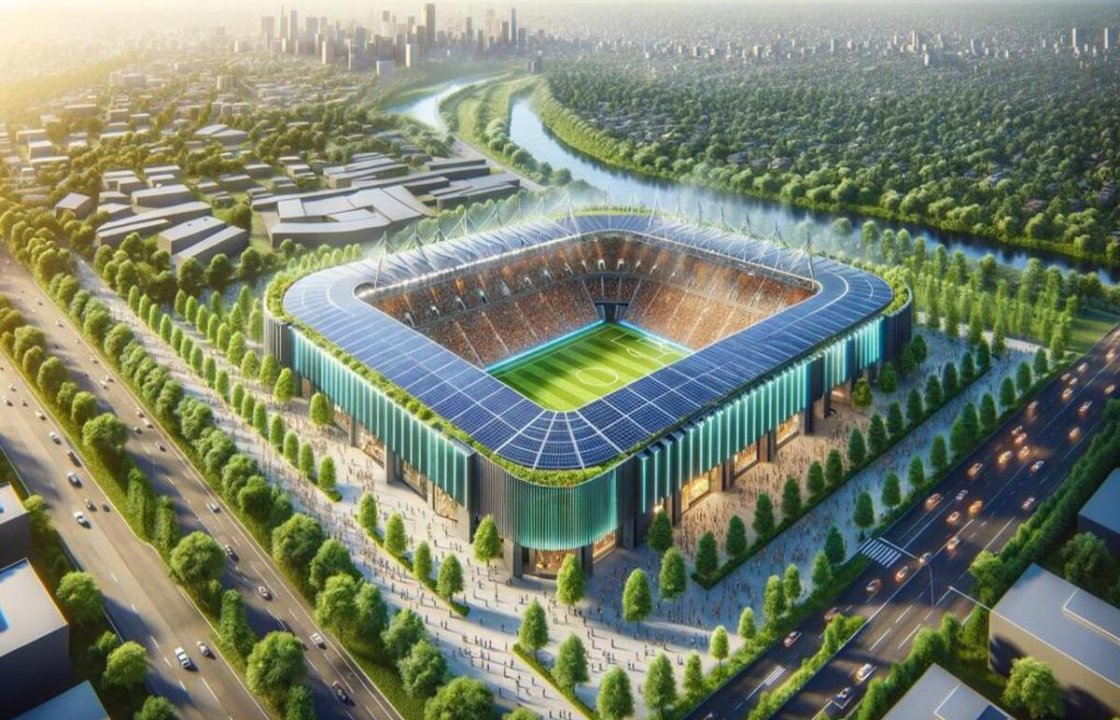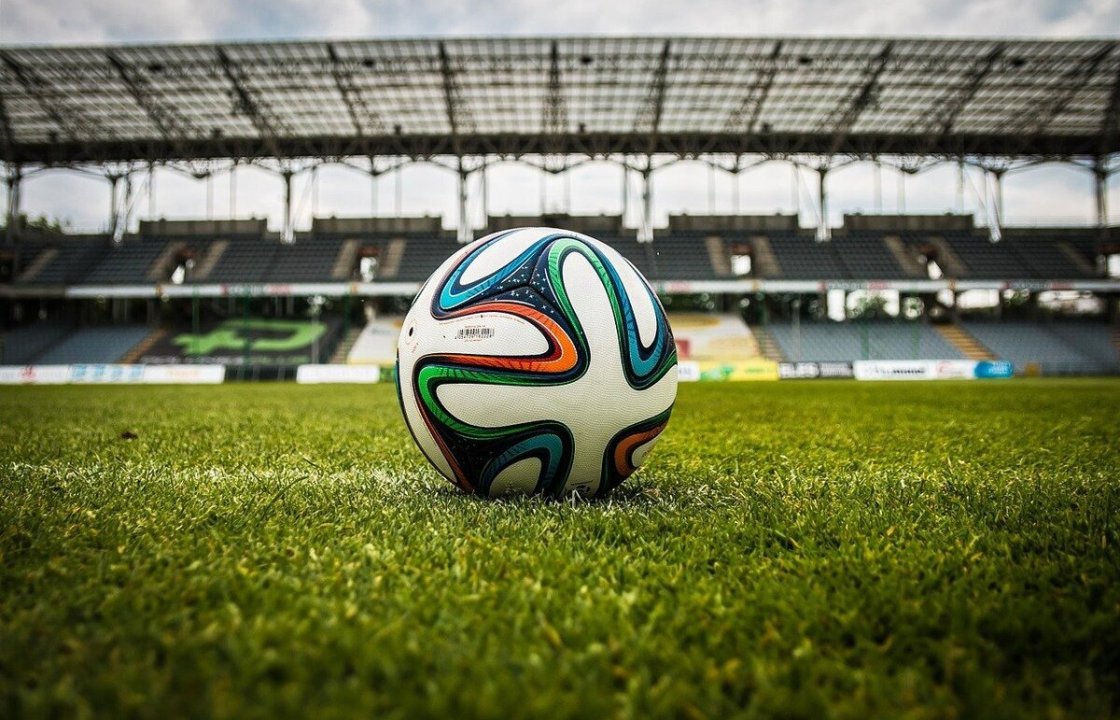As the beautiful game gains momentum in the United States, sustainability is becoming a powerful player on and off the pitch.
The Growing Need for Green in American Soccer
Soccer’s growth in the United States is undeniable. From grassroots clubs to professional stadiums, the game has never been more popular. But with this growth comes responsibility. As organizations expand, the demand for resources, travel, and infrastructure also increases. This reality makes sustainability a critical concern—not only for the planet, but also for the long-term viability of the sport.
The global nature of soccer means that environmental impacts are felt across borders. In the U.S., where teams often travel long distances for matches and tournaments, the carbon footprint can be considerable. Air travel, bus transportation, hotel stays, and energy-hungry stadiums contribute to greenhouse gas emissions that threaten environmental stability. Add to this the waste generated from food packaging, merchandise, and single-use plastics at venues, and it becomes clear that American soccer has a responsibility to clean up its act.
Eco-Friendly Stadiums: Leading the Way
Thankfully, a number of U.S. soccer franchises have started to embrace sustainability with real, measurable changes. The Portland Timbers, for example, have become known for their eco-conscious initiatives. Providence Park has implemented solar panels, LED lighting, and water-saving fixtures to reduce its ecological footprint. Similarly, LAFC’s Banc of California Stadium is one of the most environmentally friendly in the country, having received LEED Gold certification, an indicator of high environmental building standards.
The construction of eco-conscious stadiums marks a turning point for U.S. soccer. Instead of massive concrete structures that consume vast resources, clubs are now seeking sustainable materials, recyclable infrastructure, and systems that reuse water and minimize energy consumption. These innovations are not just symbolic—they show that the sport is willing to invest in a future where both performance and planet thrive.

Players, Fans, and Clubs: A Shared Responsibility
Sustainability isn’t just a top-down effort. While organizations and franchises hold the greatest power to make large-scale changes, players, fans, and coaches all have a role to play. Athletes are increasingly using their platforms to advocate for environmental awareness, encouraging clubs and sponsors to make greener choices. When high-profile players wear boots made from recycled materials or promote carbon offset campaigns, they help shift cultural expectations.
Fans, too, are waking up to their influence. Soccer supporters are beginning to demand accountability, calling for clubs to reduce their environmental impact and adopt sustainable merchandise, waste-reduction policies, and public transport partnerships. Some clubs, including Seattle Sounders and D.C. United, have initiated fan recycling programs and incentives for using green transportation to games.
As community anchors, soccer clubs have the ability to educate and mobilize. Hosting sustainability-themed events, running youth workshops, and implementing green practices into day-to-day operations help embed environmental values into the culture of the sport. This shift isn’t just about better PR—it’s about building a new legacy for American soccer, one that honors the health of future generations.
Sustainable Youth Development: A Natural Fit
Youth soccer represents one of the fastest-growing sectors of the sport in the U.S. With millions of children and teenagers participating, it’s also a space where sustainability can be taught from the ground up. By integrating green principles into youth leagues, training camps, and local tournaments, the soccer community can raise athletes who not only play with heart but also live with environmental awareness.
Some academies and clubs are already setting the standard. They’ve moved toward digital registrations to reduce paper use, eliminated single-use plastics at events, encouraged carpooling and public transit, and taught the importance of environmental stewardship alongside ball control and tactics. These efforts are planting the seeds for a generation of players who will see sustainability as part of their identity—not a separate, optional cause.
This aligns with a global trend. More and more soccer academies around the world are realizing that their role is not just to produce athletes, but to help shape responsible, community-minded citizens. Sustainability fits naturally into this mission.
Looking Ahead: A Sustainable Future for the Beautiful Game
The 2026 FIFA World Cup, set to be hosted by the U.S., Canada, and Mexico, presents a massive opportunity—and responsibility—for American soccer. With millions of fans expected to travel, sustainability must be a priority in planning and execution. The event will be watched not just for the quality of play, but for how well it reflects the world’s environmental values.

If the U.S. soccer community can rise to the challenge, it will send a clear message: performance, progress, and planetary responsibility can coexist. But the work must start now—through stadium innovation, greener transportation, sustainable training methods, and a culture that values long-term impact over short-term gain.
Soccer has always had the power to unite people across differences. Now, it has the chance to unite us in pursuit of something even greater: a sustainable future for all. Whether you’re a fan in the stands, a coach on the sidelines, or a young player with dreams of going pro, your role in this journey matters.
How We Embrace Sustainability at SIA Academy
At SIA Academy, sustainability is embedded in both our values and our daily operations. We understand that as an international high-performance soccer academy, our footprint extends beyond the training field. That’s why we actively work to minimize our impact while maximizing our contribution to player and planetary development.
We prioritize eco-friendly training methods, using natural lighting, energy-efficient equipment, and maintaining green spaces without harmful chemicals. Our nutrition plans focus on local, seasonal foods, which supports both health and sustainability. We limit the use of disposable materials, encourage the use of reusable bottles, and are in the process of transitioning to digital systems for communication and reporting.
In addition, we host environmental awareness workshops for players to understand the importance of sustainable practices better. From reducing waste in locker rooms to rethinking how travel is organized for tournaments and trials, we integrate sustainability into how we educate our players. By doing so, we are not only preparing them for the physical demands of professional soccer but also for the social responsibilities of becoming global citizens.
Our commitment reflects a broader understanding: high-performance sport and environmental consciousness are not mutually exclusive—they are essential partners for the future of soccer.






